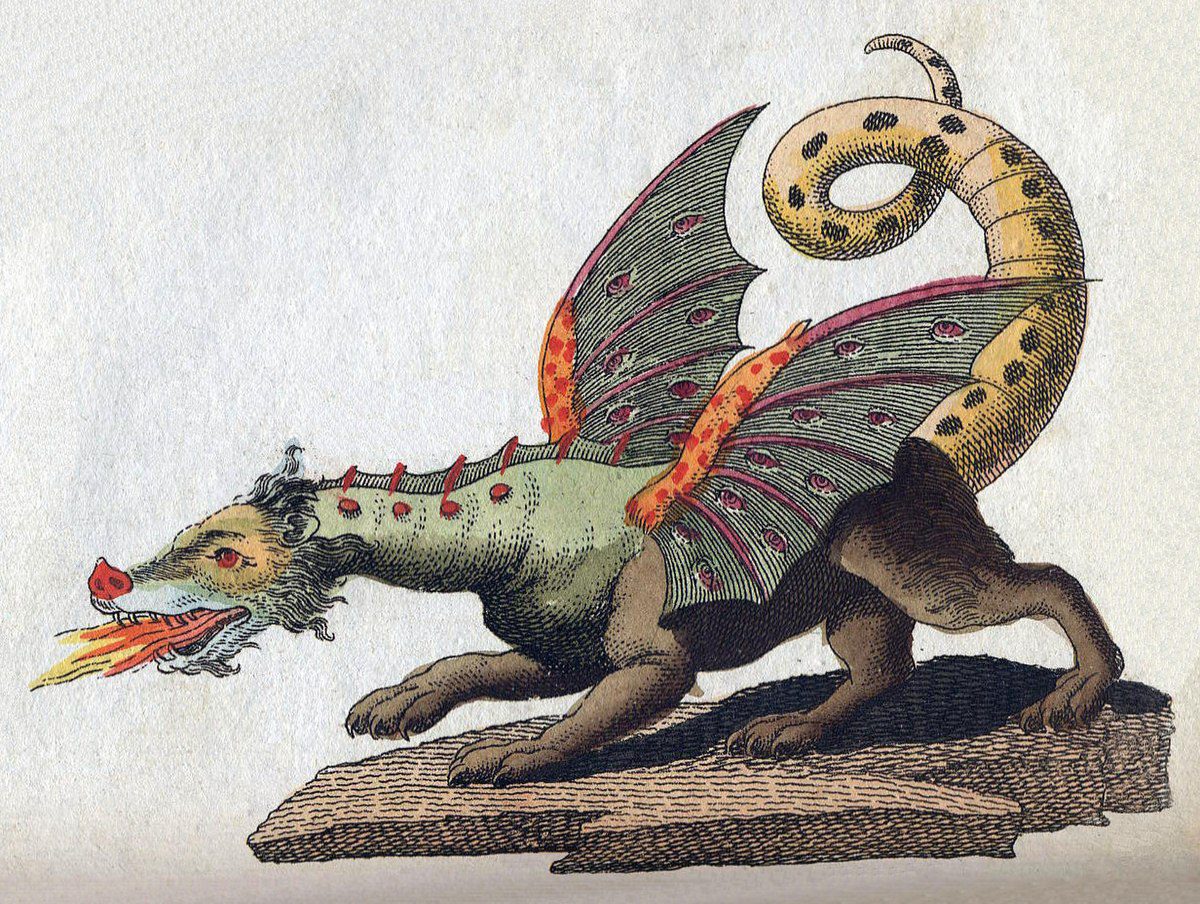Dragons and wyverns are mythical creatures that have fascinated people across the world for centuries. Dragons are found across Europe, Asia, and the Middle East, while wyverns are primarily seen in European mythology. Dragons are often viewed as wise and benevolent, while European dragons are portrayed as fierce beasts. Both dragons and wyverns are known for their ability to breathe fire, and while this ability is typically attributed to dragons, some wyverns are also said to be able to spew flames. Whether seen as symbols of good or evil, these creatures continue to inspire imagination and wonder.
Dragon vs. Wyvern: Exploring the Mythical Fire-Breathing Creatures of European and Asian Mythology
Introduction
Dragons and wyverns have long captured the imagination of people across the world. These mythical beasts are said to breathe fire, possess great strength and intelligence, and sometimes even have magical powers. While the two creatures may seem similar at first glance, there are some key differences between them that make each unique.
The Dragon: Origin and Characteristics
The dragon is a legendary creature that is found in the mythology of many cultures across the world, including Europe, Asia, and the Middle East. Dragon mythology is thought to date back to ancient times and was likely influenced by early sightings of crocodiles or other large reptiles. In Asian cultures, dragons are seen as benevolent creatures that bring good luck and prosperity. In European cultures, dragons are typically depicted as fierce beasts that terrorize villages and kingdoms.
The physical characteristics of dragons vary depending on the culture and time period in which they originated. Eastern dragons are usually long and serpentine, with four legs and no wings. They often have colorful scales and are revered for their wisdom and power. European dragons, on the other hand, usually have wings, scales, horns, and sharp claws. They are often portrayed as evil creatures that hoard treasure and demand tribute from humans.
The Wyvern: Origin and Characteristics
The wyvern is another mythical creature that is found primarily in European mythology. Unlike dragons, wyverns have only two legs and a pair of wings, which they use to fly. They are also typically smaller than dragons, and their heads are more reptilian in appearance. In medieval Europe, the wyvern was sometimes used as a symbol of evil or the devil, while in other cultures, such as medieval Japan, it was seen as a symbol of bravery and courage.
Fire Breathing
One of the most famous characteristics of dragons and wyverns is their ability to breathe fire. While this ability is often associated with dragons, some wyverns are also said to be able to spew flames. The origins of this ability are not entirely clear, but it may have been inspired by the explosive release of gas from a crocodile or other large reptile, or it may be a purely mythical attribute.
Conclusion
In conclusion, dragons and wyverns are two of the most fascinating and enduring creatures in mythology. While they share some similarities, such as their ability to breathe fire, they also have distinct differences in appearance and personality. Whether viewed as symbols of good or evil, these mythical beings continue to capture our imaginations and inspire us to seek out adventure and wonder in the world around us.
